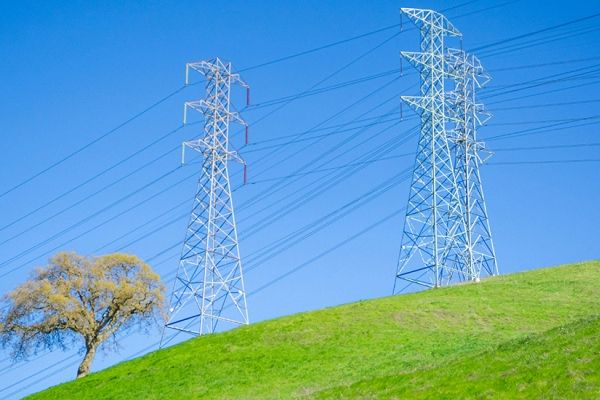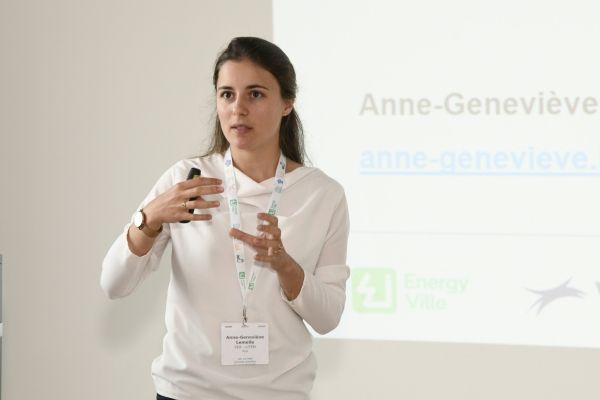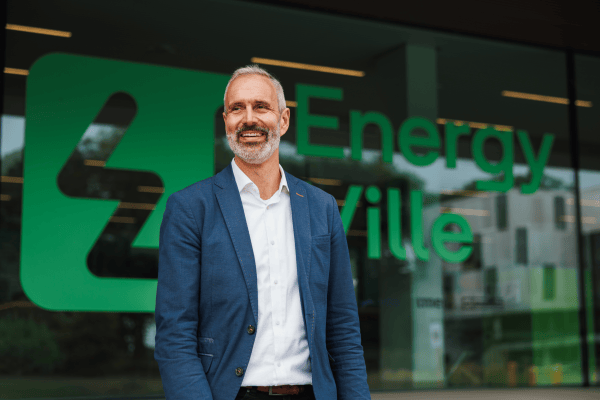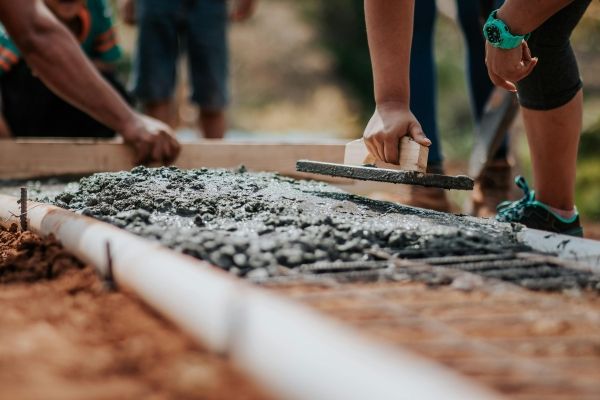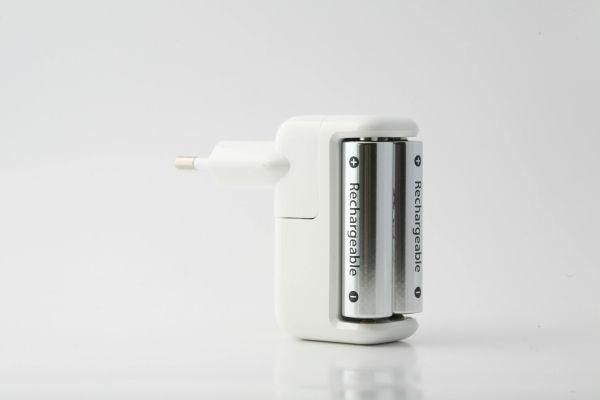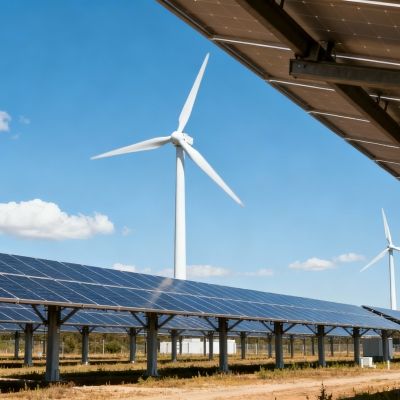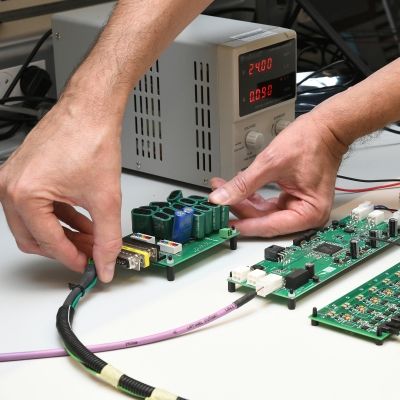1 year testing of Balmatt power plant
Cautious optimism about geothermal heat project in Mol
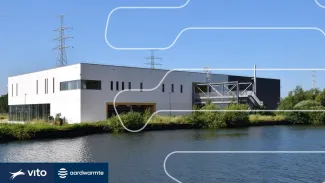
Mol, 23 May 2022: after the Board of Directors of VITO decided in early 2021 to restart the geothermal power plant for a research programme into the impact of geothermal heat production on the stability of the subsurface, 8 test phases were completed successfully. The last test phase ran for no less than 20 weeks without interruption. The detection of seismic events has been considerably refined. This results in a more accurate picture of what is happening in the deep subsurface and of the possible effect of this at the surface. The extensive dataset, which was built up during the test phases, is now being analysed in detail.
Restart of Balmatt site geothermal power plant
Preliminary research has led to several adjustments to the geothermal power plant on the Balmatt site (Mol, Belgium) and the associated seismometer network. The adjustments must allow for more accurate research into the causes of the induced seismicity and a reliable assessment of the risks of perceptible seismic events at the surface.
The power plant is now equipped with a voltage safety device to deal with the impact of a power failure. Because the release of gas from the brine can lead to pressure fluctuations that can trigger seismic events, the risk of degassing was reduced by increasing the operating pressure and lengthening the injection tubing. After having found that a higher pump flow rate caused increased injection pressure, and a higher injection pressure leads to more and stronger seismic events, the pump in the production well was replaced with a type that can deliver lower flow rates than the original one.
Another particularly important adjustment was the refinement of the seismometer network. The researchers can now rely on 16 seismometers, positioned at various locations and depths, both at the ground surface (close to the centre of Dessel) as well as in boreholes ranging from 30 to 2050 m deep. Hence, the more detailed information obtained should provide more insights into the seismological behaviour of the deep subsurface under Mol and Dessel, the causes of the seismic events and the relationship between the activities in the Balmatt plant and the seismicity. This should allow to assess the seismic risk more efficiently.
Eight test phases later
The first test phases were intended to make the entire system operational again after two years of shutdown and to test the adjustments to the power plant. These start-up phases were of short duration, as everything appeared to function as expected.
Next, the researchers tested various scenarios, with different production flow rates and injection pressures. Between the phases, the researchers were also able to monitor the effect of the controlled shutdown of the plant.
The extension of the seismometer network achieved the intended goal. The increase of the performance of the seismometer network results in a clear refinement of the detection range. The data set that was built up during the past year, allows for a more accurate mapping of the movements in the deep subsurface. Literally, the location of the seismic events, and figuratively, what the impact of the seismicity above ground can be. For the record: until now, no perceptible seismic events were detected at the surface. The very extensive data set is now being further investigated to accurately map the deep subsurface and the effects of the geothermal power plant on it.
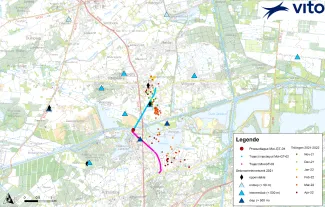
The geothermal heat produced during the test phases was not wasted by VITO. It was used to feed the heat network of VITO and SCK/CEN. A total of 122 000 m³ of hot water was pumped from the deep subsurface. This yielded over 4 243 MWh of heat and a saving of 912 tonnes of CO2 emissions. Depending on the season, this enabled 25 to 100% of the heat demand of VITO and SCK/CEN to be met.
Prospects for the winter of 2022-23
In test phase 8, the researchers saw a constant flow rate causing the injection pressure to decrease. On 2 May 2022, test phase 9 was started, in which a constant injection pressure will be maintained.
In the autumn of 2022, this should result in long-term phases at higher flow rates, within the capabilities of the current test pump.



